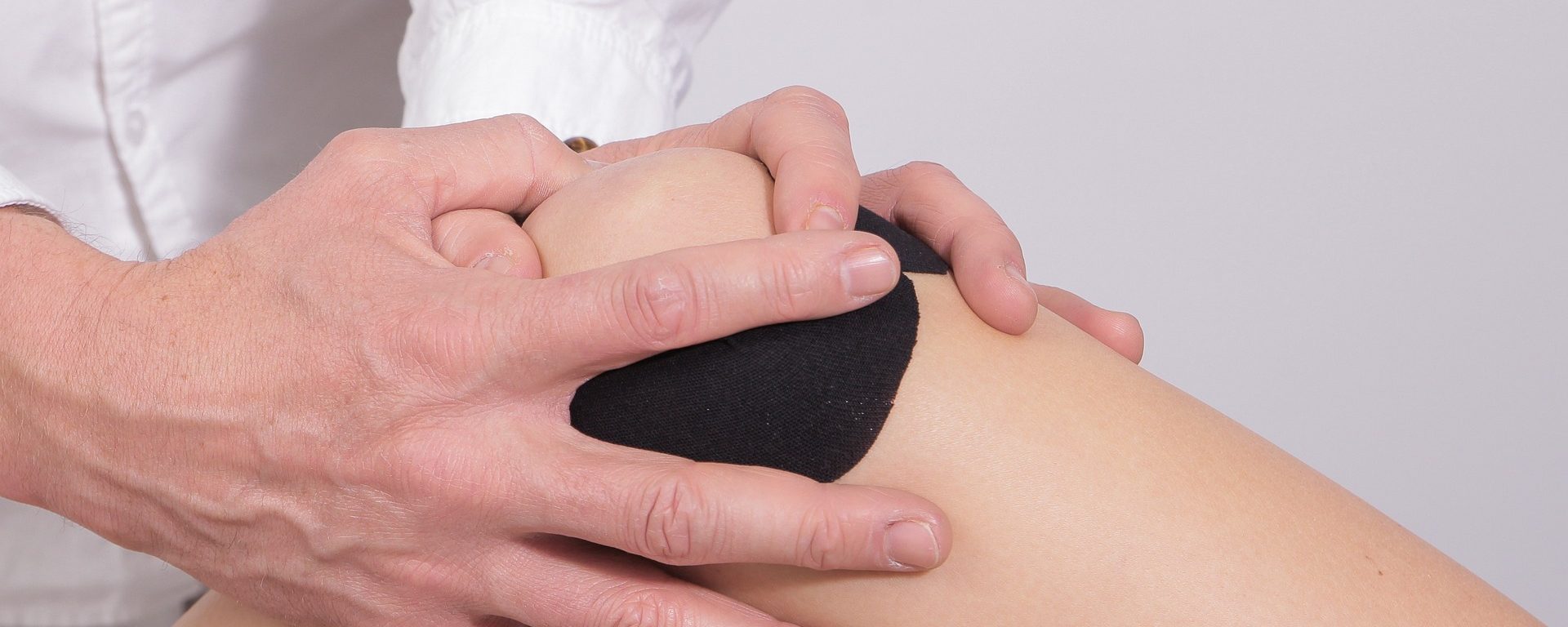Total knee arthroplasty (TKA) is a common surgery that aims to improve the quality of life for people with knee joint degeneration. After TKA, a proper rehabilitation program is crucial for optimal recovery and restoring mobility. In recent years, researchers have explored innovative techniques to enhance rehabilitation outcomes. One promising approach is the use of point-light displays, which provide visual feedback during movement observation. Let’s take a closer look at a pilot study conducted by Bidet-Ildei et al. to investigate the potential benefits of incorporating point-light display observation into a standard TKA rehabilitation program.
The study aimed to determine if adding point-light display observation to a 3-week rehabilitation program could lead to improved functional capacity in TKA patients. Participants were randomly assigned to either a control group or an experimental group. The control group received standard rehabilitation treatment consisting of two daily physical therapy sessions, five days a week, each lasting 90 minutes. On the other hand, the experimental group followed the same program but also incorporated point-light display observation twice a day, for five minutes per session, three days a week.
At the end of the rehabilitation program, both groups showed improvements in functional performance. However, the experimental group exhibited significantly greater improvements compared to the control group in various aspects. Notably, the experimental group showed a statistically significant improvement in the total WOMAC score, which evaluates knee function and pain. Moreover, the functional WOMAC score, which measures functional limitations, also showed a significant improvement in the experimental group.
Interestingly, the experimental group outperformed the control group in correctly recognizing the point-light displays. This suggests that patients who underwent observation sessions not only benefited from the rehabilitation exercises but also enhanced their visual perception and comprehension of movement patterns.
These findings indicate the potential advantages of incorporating point-light display observation into TKA rehabilitation programs. The experimental group, which received additional observation sessions, showed significantly greater improvements in functional capacity and pain reduction compared to the control group.
There are several reasons why point-light display observation may be beneficial. Firstly, the visual feedback provided by the displays can enhance motor learning and movement coordination by allowing patients to visually track the joint movements involved in specific exercises. Secondly, observing point-light displays may help patients develop a clearer mental representation of correct movement patterns, making it easier for them to replicate these patterns during their own exercises.
This pilot study paves the way for further research to explore the long-term effects and optimal implementation of point-light display observation in TKA rehabilitation. It suggests that incorporating visual feedback techniques into standard rehabilitation programs has the potential to optimize outcomes and improve functional recovery for TKA patients.
Healthcare professionals involved in TKA rehabilitation should consider incorporating point-light display observation as a complementary tool to enhance patients’ understanding and execution of exercises. By leveraging visual feedback, clinicians can improve patient engagement, adherence, and overall rehabilitation outcomes, ultimately leading to enhanced functional recovery and improved quality of life for individuals who have undergone TKA. Further research is needed to fully understand the mechanisms behind these benefits and refine the integration of point-light display observation in TKA rehabilitation protocols.
